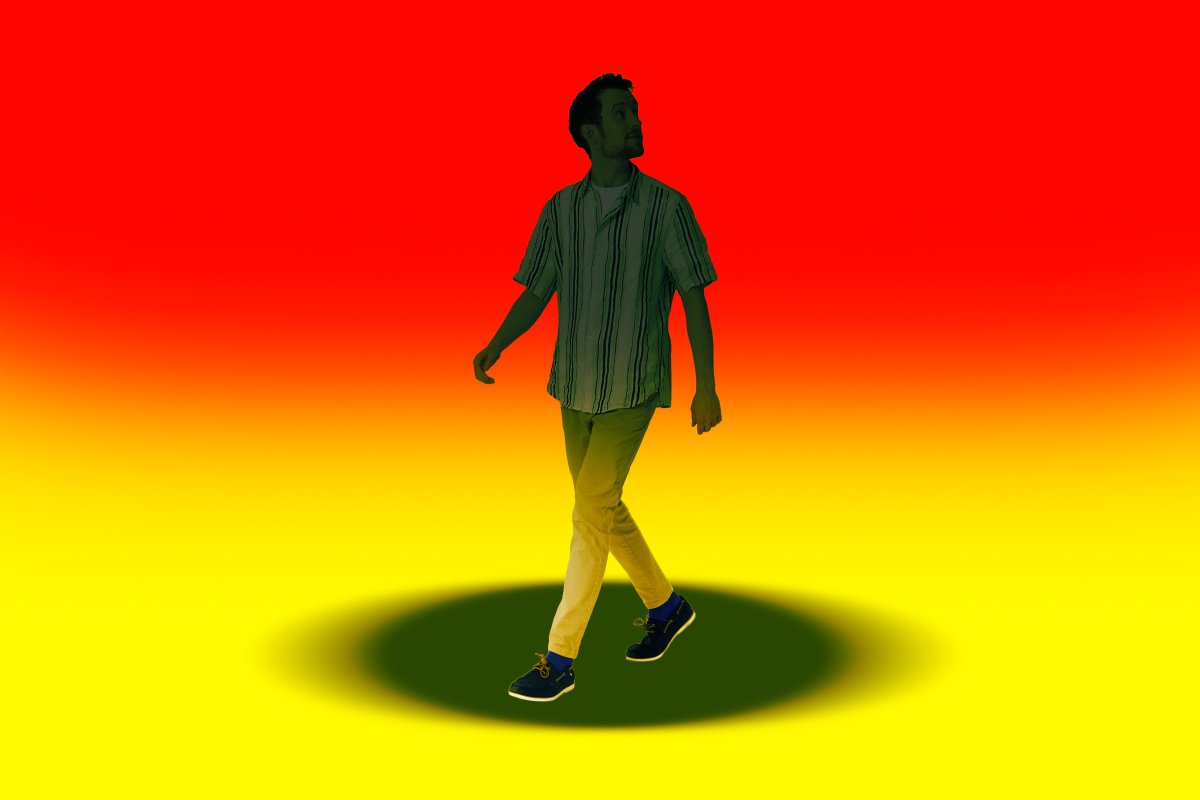On Saturday, a huge chunk of what is almost certainly space junk was found lying in the middle of a desert road in Western Australia, according…

On Saturday, a huge chunk of what is almost certainly space junk was found lying in the middle of a desert road in Western Australia, according…